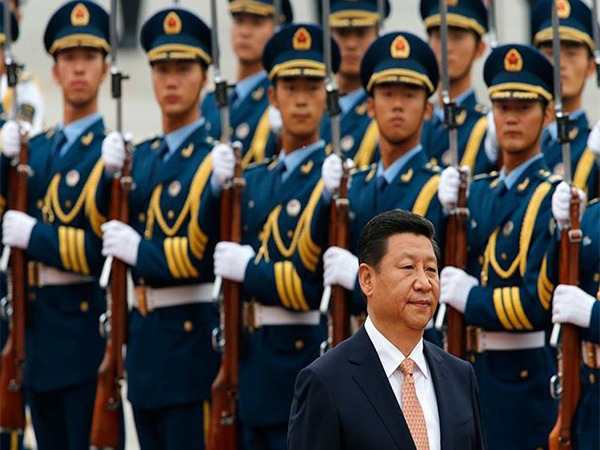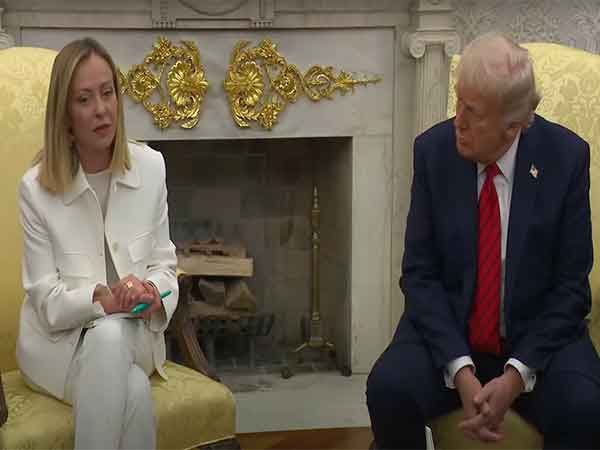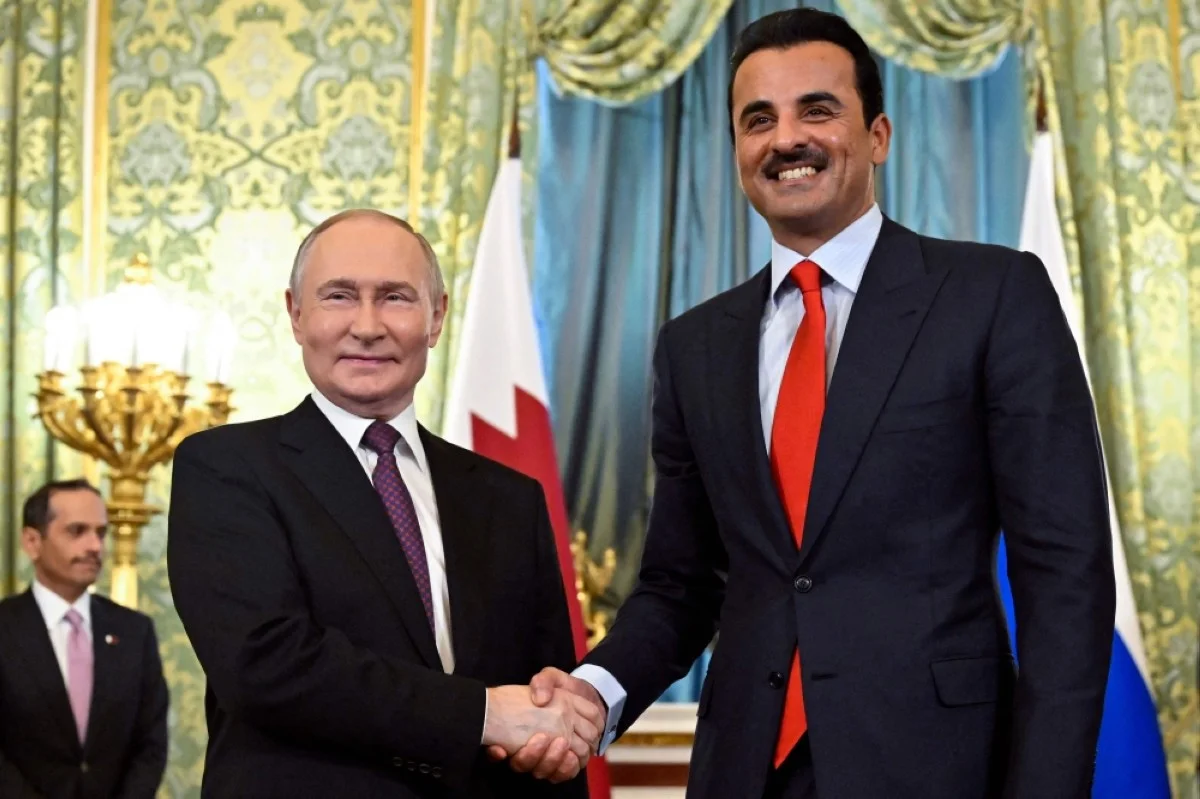China Unveils 2025 Defense Budget with 7.2% Increase, Sparking Global Concern

China has announced a 7.2% year-on-year growth in its protection finances for 2025, preserving the equal increase charge as the preceding years. The budget, presented at some stage in the 14th National People’s Congress (NPC) on March 5, 2025, will rise to CNY 1.784665 trillion (approximately USD 249 billion), reinforcing China’s fame as the arena’s second-largest military spender, at the back of simplest the USA.
Strategic Growth and Long-Term Planning
John Culver, a former U.S. Intelligence officer, referred to that China units its defense finances targets over 5-year durations and adjusts for inflation and emergencies when necessary. Since 2010, Beijing has doubled its military spending every decade. This systematic growth displays President Xi Jinping’s priority of modernizing the People’s Liberation Army (PLA) to attain its centennial desires via 2027.
Despite the boom, China’s respectable protection spending remains underneath 1.5% of GDP, substantially lower than the global common. However, analysts continue to be skeptical of Beijing’s said figures. Institutions which include the Stockholm International Peace Research Institute and the U.S. Department of Defense estimate China’s real defense spending to be 30-42% higher than formally said. This discrepancy stems from unaccounted prices on army-run space programs, paramilitary agencies like the People’s Armed Police, and dual-use research and development.
Rising Military Capabilities and Strategic Priorities
The NPC’s defense price range assertion coincided with a reaffirmation of China’s military pursuits. Senior Colonel Wu Qian of the Ministry of National Defense emphasized that the increased expenditure would help the improvement of “new-domain forces with new combat abilties,” focusing on reconnaissance, joint strike talents, battlefield guide, and logistics. There are also robust symptoms that budget will be directed toward nuclear weapons enlargement and the construction of China’s fourth plane carrier, in all likelihood its first nuclear-powered vessel.
Premier Li Qiang, in his government paintings document, underscored the need for intensified military schooling and fight readiness. He highlighted the PLA’s role in safeguarding China’s sovereignty and territorial integrity, specifically in response to regional safety challenges.
Taiwan Tensions and Indo-Pacific Security Concerns
As China’s defense spending grows, worries over Taiwan’s security accentuate. Premier Li reiterated Beijing’s competition to Taiwanese independence, reinforcing the CCP’s stance on reunification. However, Taiwan’s President Lai Ching-te stays firm in declaring that most effective the Taiwanese people can determine their destiny. The U.S.’s wavering guide for Ukraine has further fueled Taiwan’s worries, prompting Taipei to reinforce its personal defense abilities.
China’s army enlargement is likewise inflicting unease amongst its Indo-Pacific friends. The PLA’s sports inside the South China Sea, as well as recent live-fire drills in the Tasman Sea, have raised alarms in Australia and New Zealand. China’s growing naval presence and endured confrontations with the Philippines and Vietnam highlight its assertiveness in the location.
Geopolitical Implications and U.S.-China Rivalry
While Beijing downplays its army pursuits, its actions inform a one of a kind story. The Chinese authorities insists that its protection coverage stays defensive in nature, mentioning its contributions to global peacekeeping efforts. However, critics argue that China’s speedy military buildup contradicts its rhetoric of peace and stability.
The U.S.-China competition maintains to shape worldwide geopolitics. In reaction to U.S. Tariffs on Chinese imports, Beijing imposed retaliatory tariffs on American goods, escalating financial tensions. Meanwhile, China’s Foreign Ministry issued a strong warning towards U.S. Army and economic strategies, signaling its readiness for prolonged confrontation.
Grant Newsham, a senior studies fellow on the Japan Forum for Strategic Studies, emphasized the ideological battle among the U.S. And China. He stated that Xi Jinping perceives American values which includes freedom and human rights as direct threats to the CCP’s survival, reinforcing the belief that China views worldwide competition as a zero-sum recreation.
Looking Ahead: China’s Military Path Forward
With the 14th Five-Year Plan (2021-2025) nearing its end, China is accelerating its navy modernization efforts. Xi Jinping has known as for a more green and cost-powerful method to navy development, ensuring sustainability and fight readiness. His directive to deepen civil-navy integration and fight corruption within the PLA underscores the leadership’s commitment to strengthening China’s protection equipment.
As China continues its navy enlargement, the global community remains watchful. Whether Beijing’s growing abilities will cause greater stability or multiplied tensions in the Indo-Pacific stays to be seen. However, one thing is obvious—China’s military targets are set to play a crucial role in shaping the global safety panorama within the years to come.


